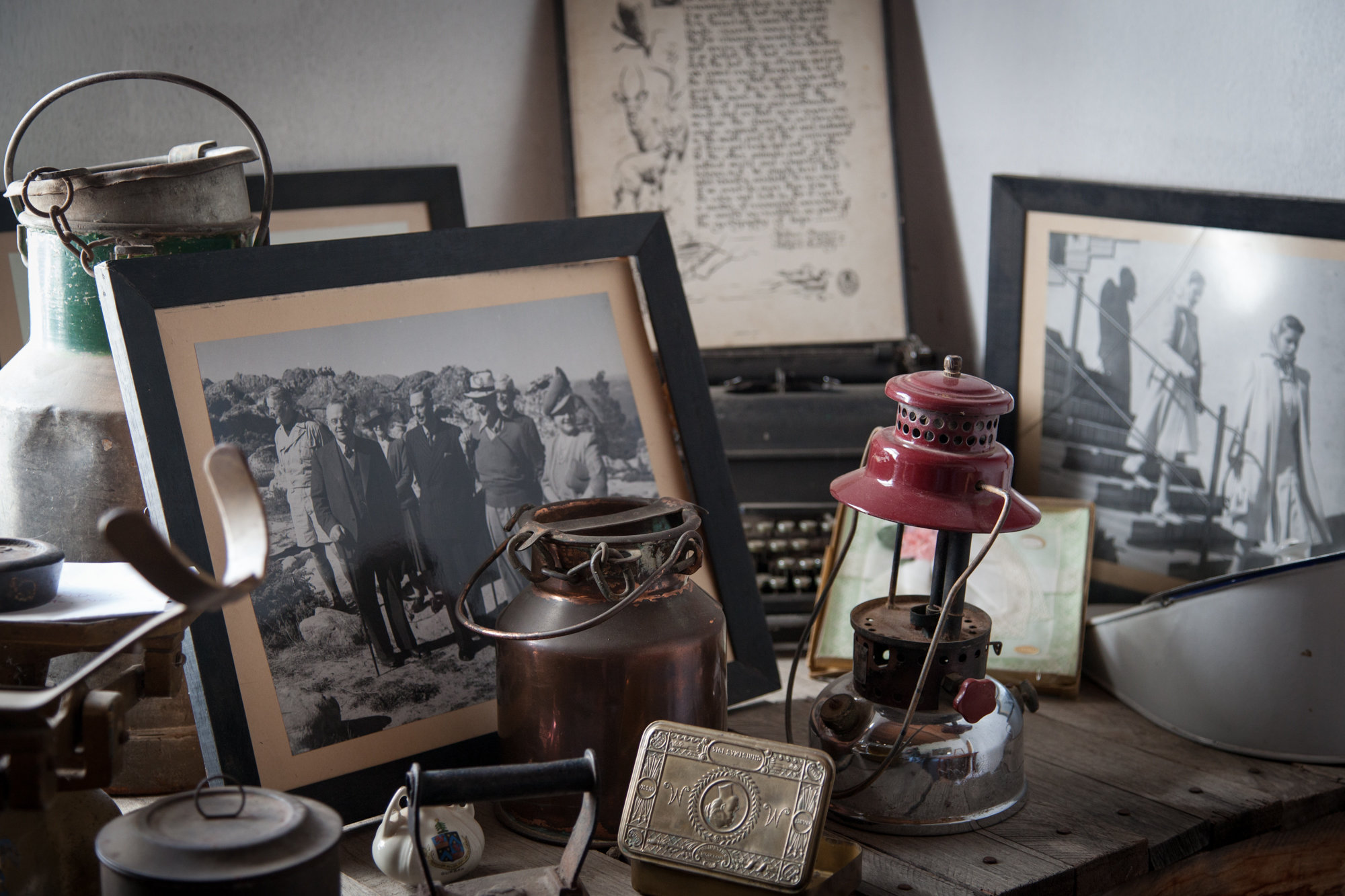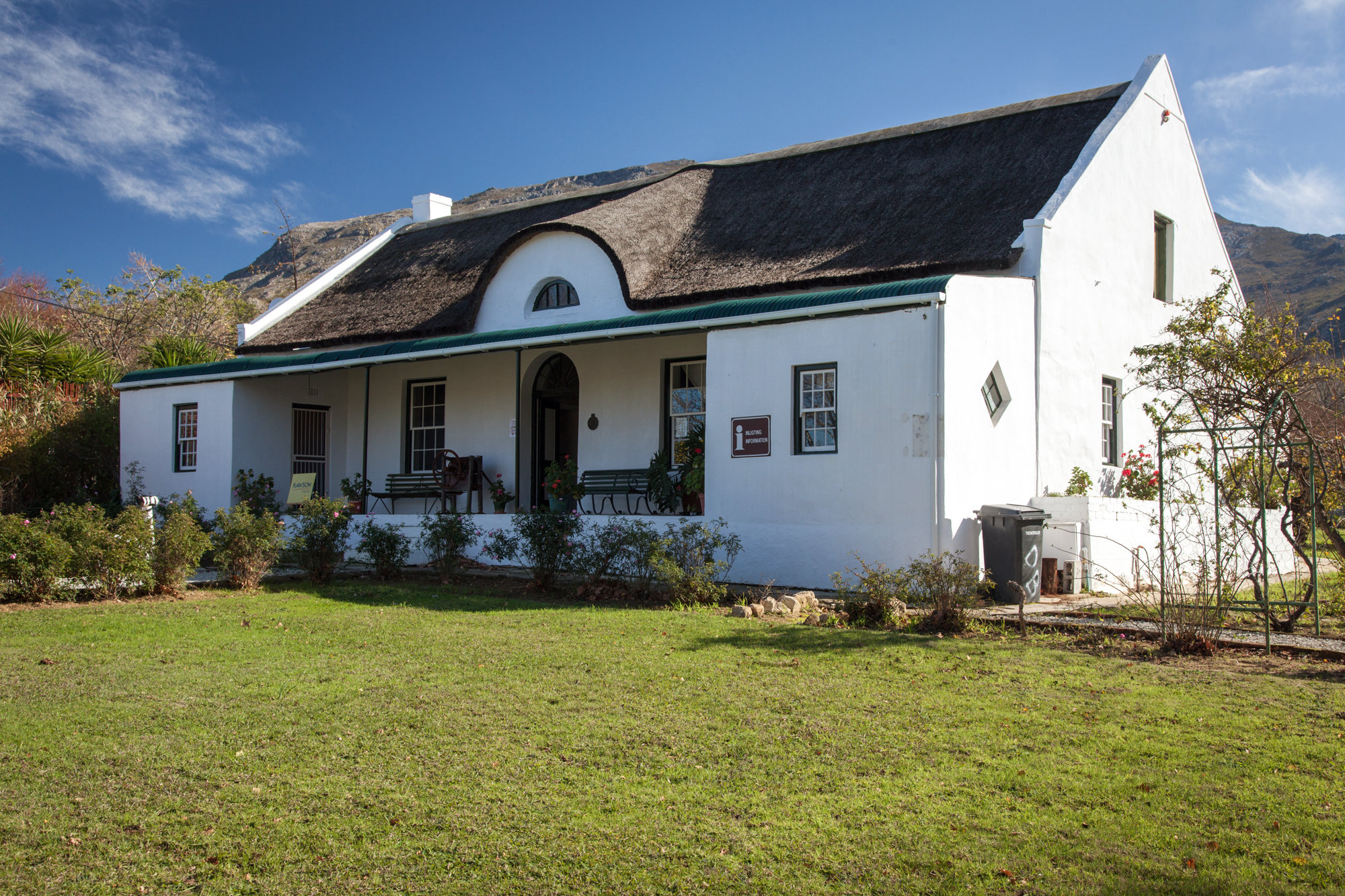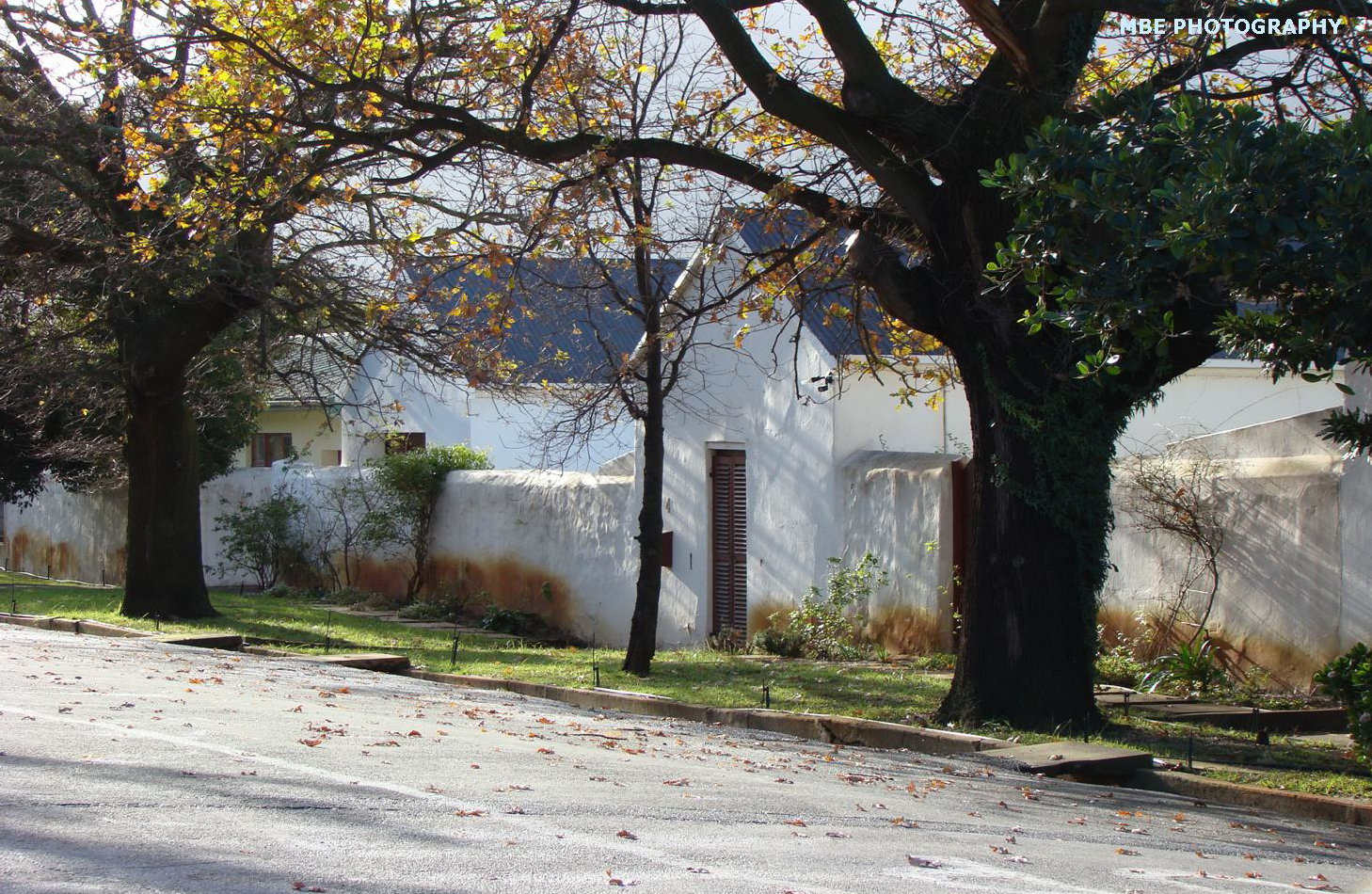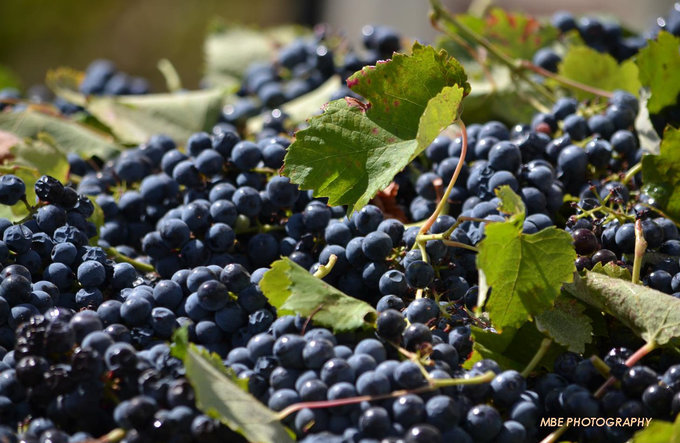Select a category
History of Villiersdorp
The history of Villiersdorp is rich in culture. There was once a time when Khoisan lived in the pristine valleys where Villiersdorp sits today. After the first French Huguenots arrived in the Cape in 1688, many trekked to the area and settled there. There was little need for roads back then, and the mountainous terrain meant the area remained isolated and undeveloped late into the 19th century.

In 1843, a local farmer named Pieter de Villiers appealed to the Governor of the Cape to lay out a settlement on a portion of his farm, and the town of Villiersdorp came into being. Scandal struck when Pieter’s daughter married a farm labourer named Petrus Graff. The marriage was allowed, on condition that the De Villiers name was kept.
The couple went on to have three sons, including the noted David De Villiers-Graaf, who made a fortune as a Minister of Parliament in Cape Town. David returned to his roots as a benefactor of the Villiersdorp with a lofty donation to establish De Villiers Graaf High School, which remains the town’s principal institute of education today.

In 1855, Villiersdorp became a municipal-run town, and development began. The governing body planted oak trees along the roadsides. There was quite a stir when people collected the acorns at such a rate that the Commissioner declared the little nuggets as property of the municipality! Today, the age-old trees create an oasis of shade and shelter along the avenues.
With the laying of a telegraph line in 1883, the postal connection upgraded from horseback carriers that used to visit the town once a week from Groenendal, to become a postal agency before the eventual establishment of the post office. Villiersdorp was connected to the outside world in 1913 when the first telephone lines were installed.

In those days, farming largely concentrated on grapes for wine production, so when the markets crashed in the early 1920s, residents had to find an innovative alternative for their harvests. They innovatively processed grapes into a preserved grape syrup known locally as “Moskonfyt”. The product can be purchased at the Kelkiewyn Farm Stall.
In 1922, C.C. Jooste led the way in building a Moskonfyt factory. The factory became the origin of the Co-operative Union, as it is known today. It is the oldest operating co-op winery in South Africa and the only place in South Africa that processes and dries persimmons.

Villiersdorp continued to develop steadily with the first motorised truck bought by the municipality in 1934. Main Street was tarred in 1936.
In the late 1970s, Theewaterskloof Dam was built, dramatically changing the microclimate for farming. The conditions for growing fruit were greatly enhanced and became a major turning point in the town’s development.

Telling tales of 150 years of history, Villiersdorp is a town built on heritage and community-fostered hospitality. The simplicity of country life and high produce means the town morale is high and the oak-lined streets welcoming. While it continues to see steady development, this humble fruit-producing valley will always retain the essence and appeal of country life in Theewaterskloof in the Overberg.




















